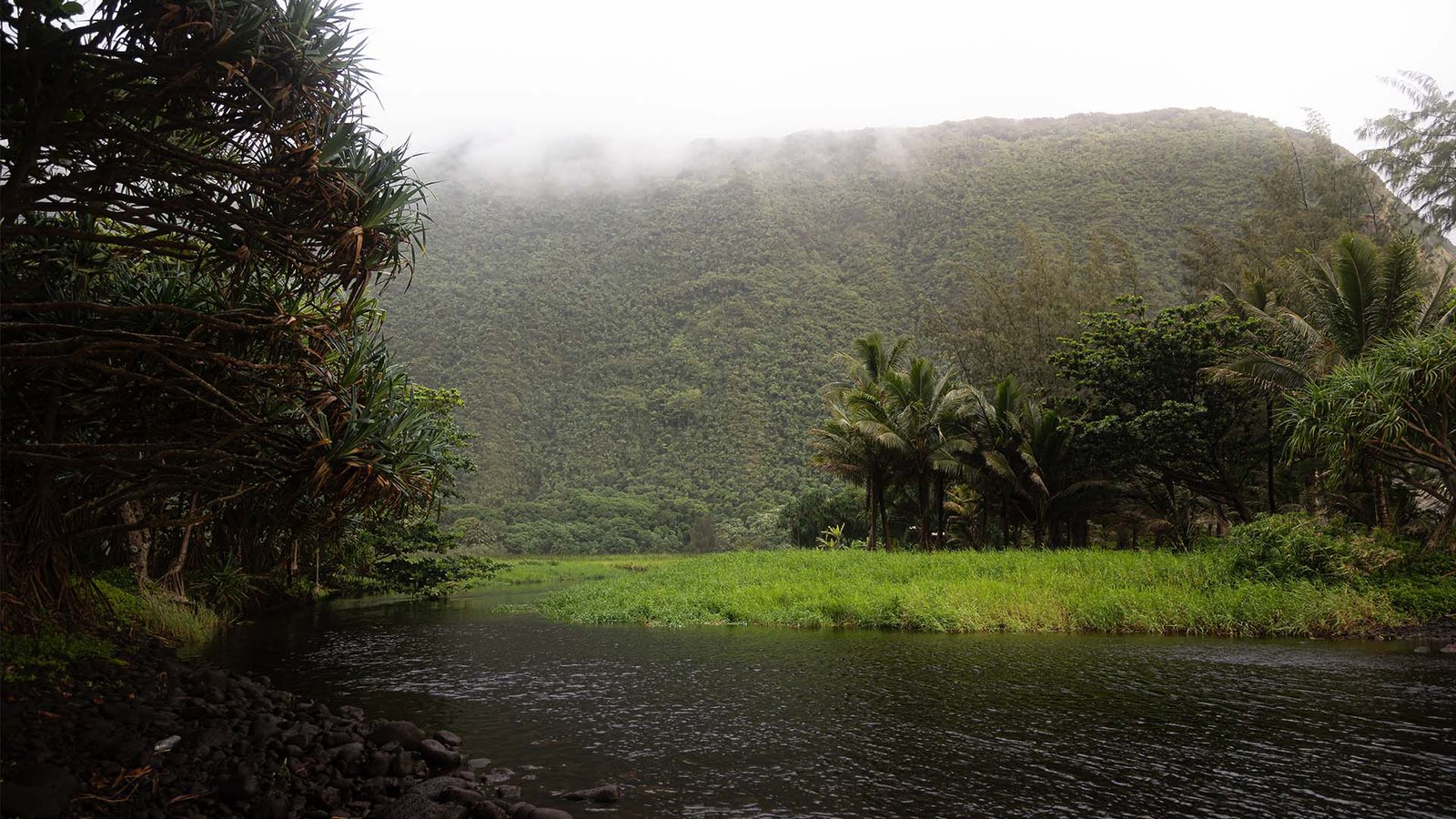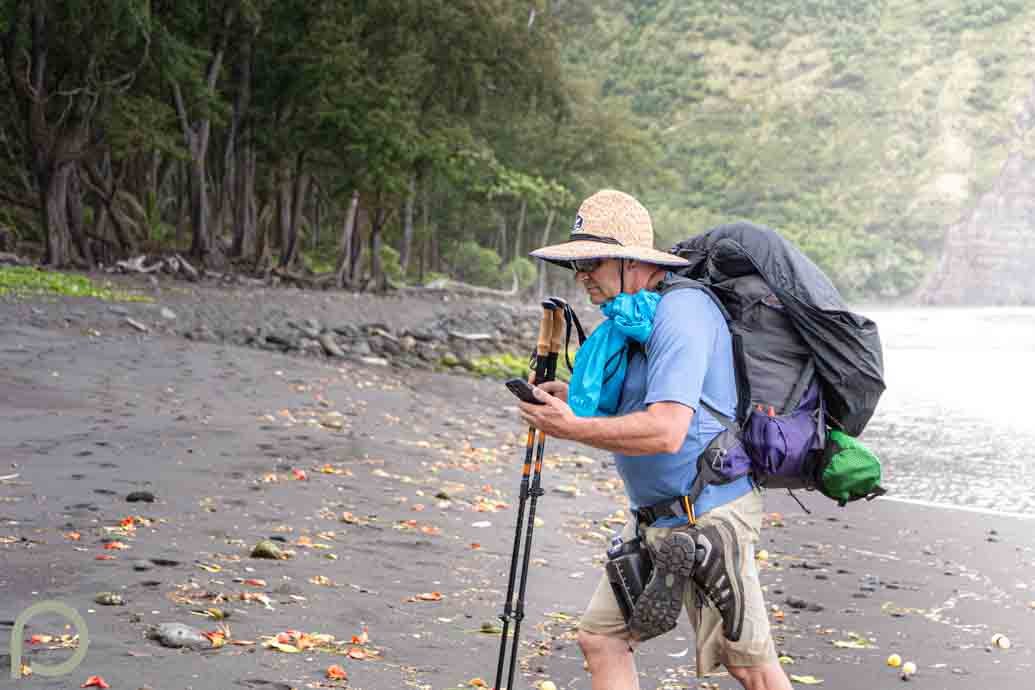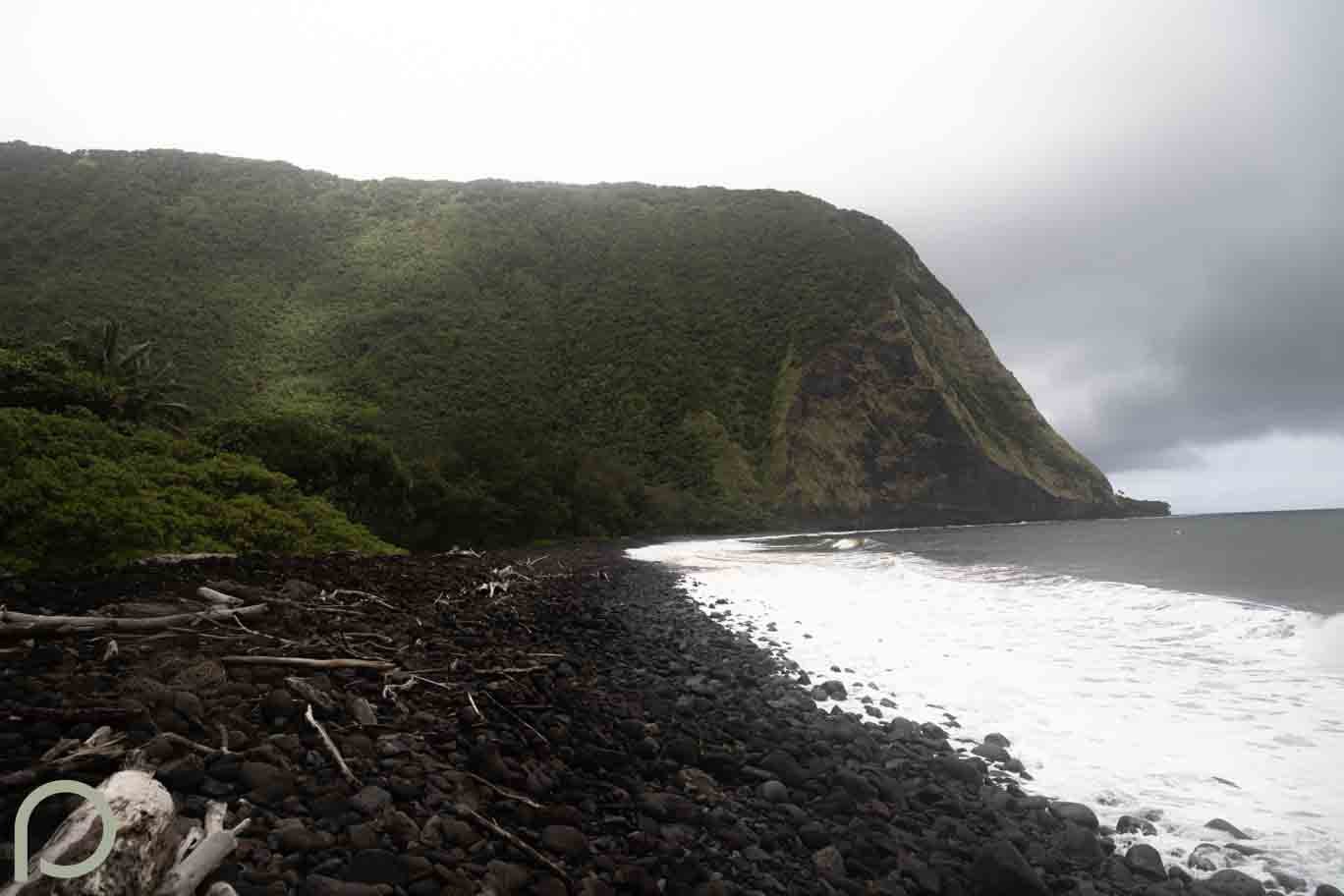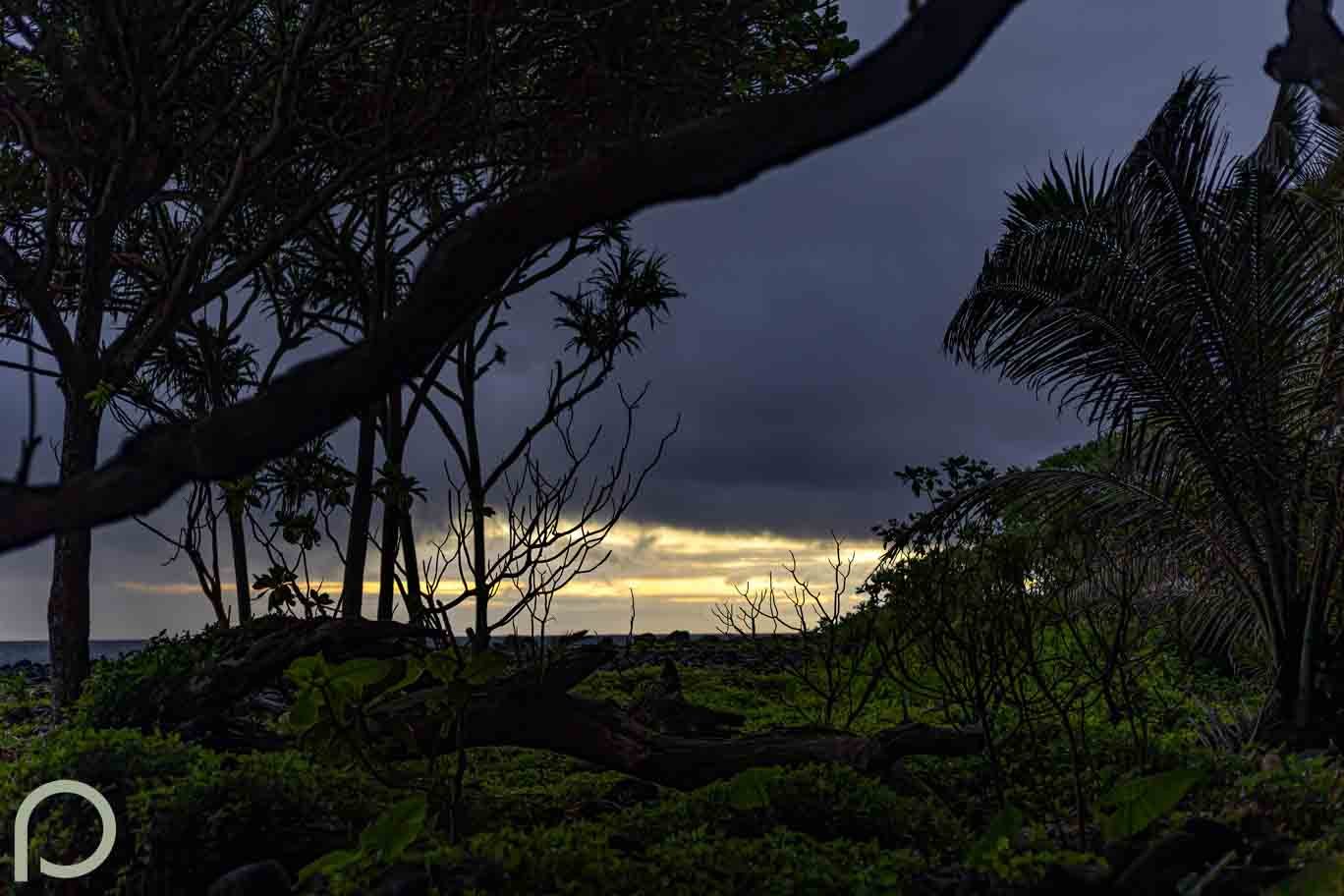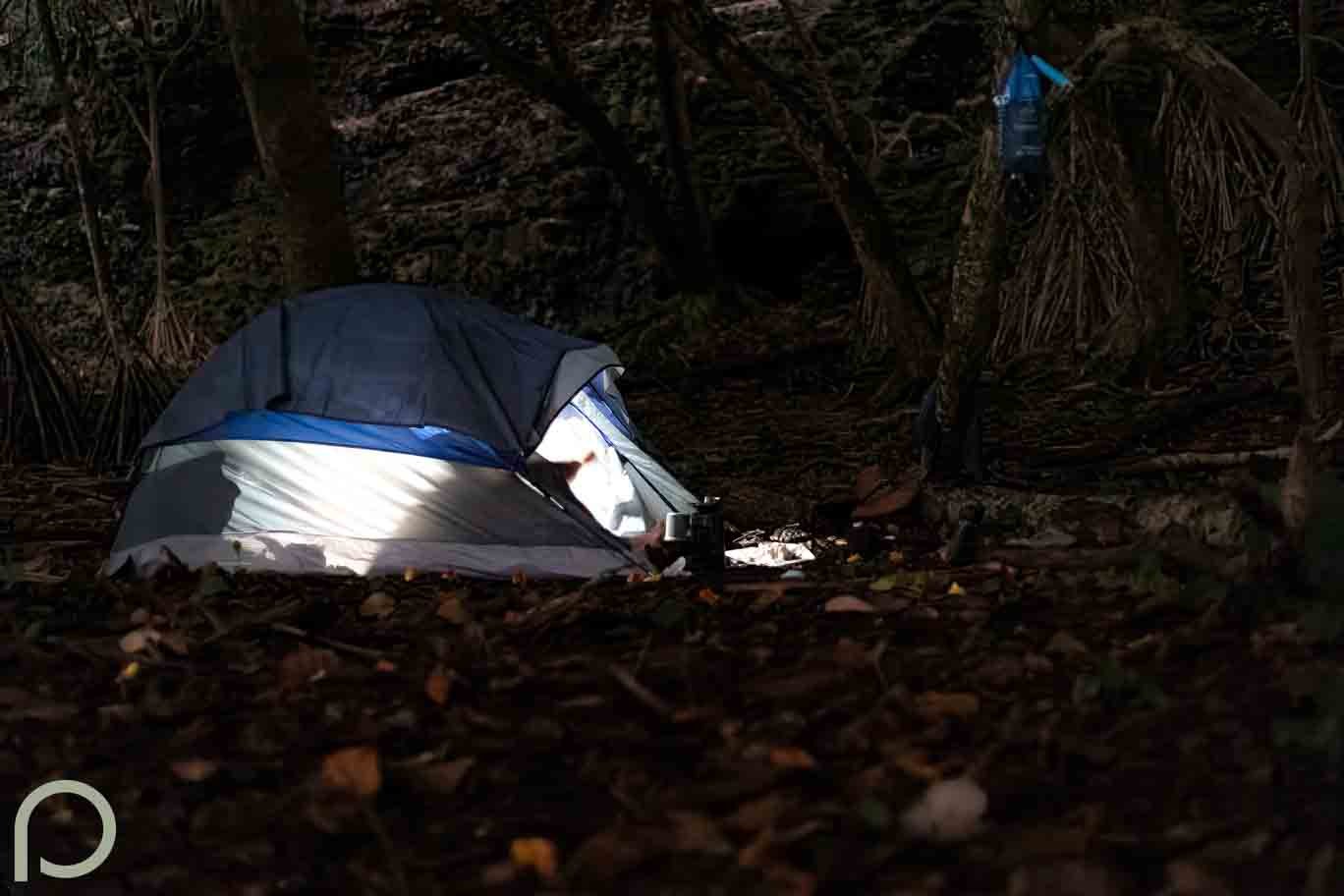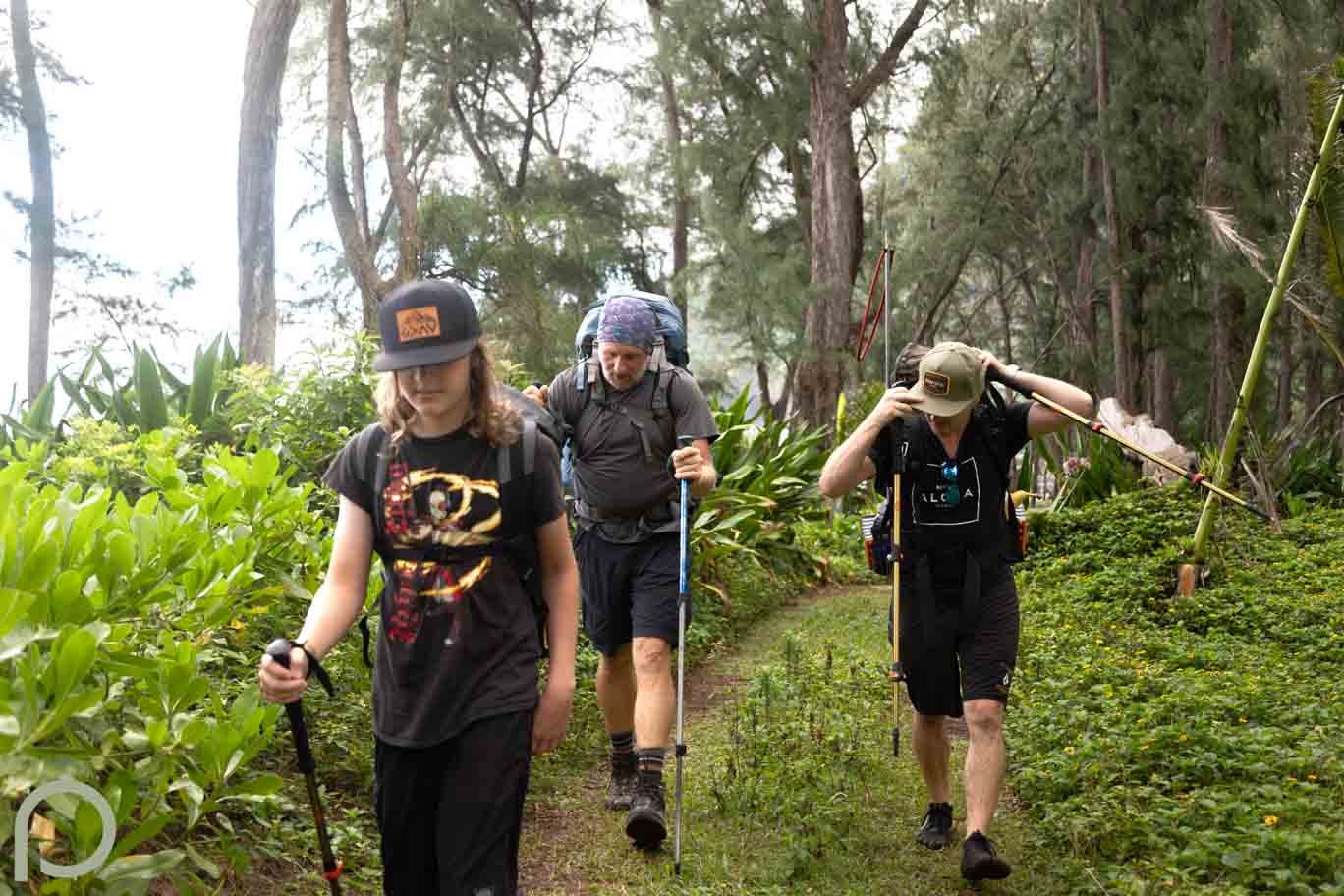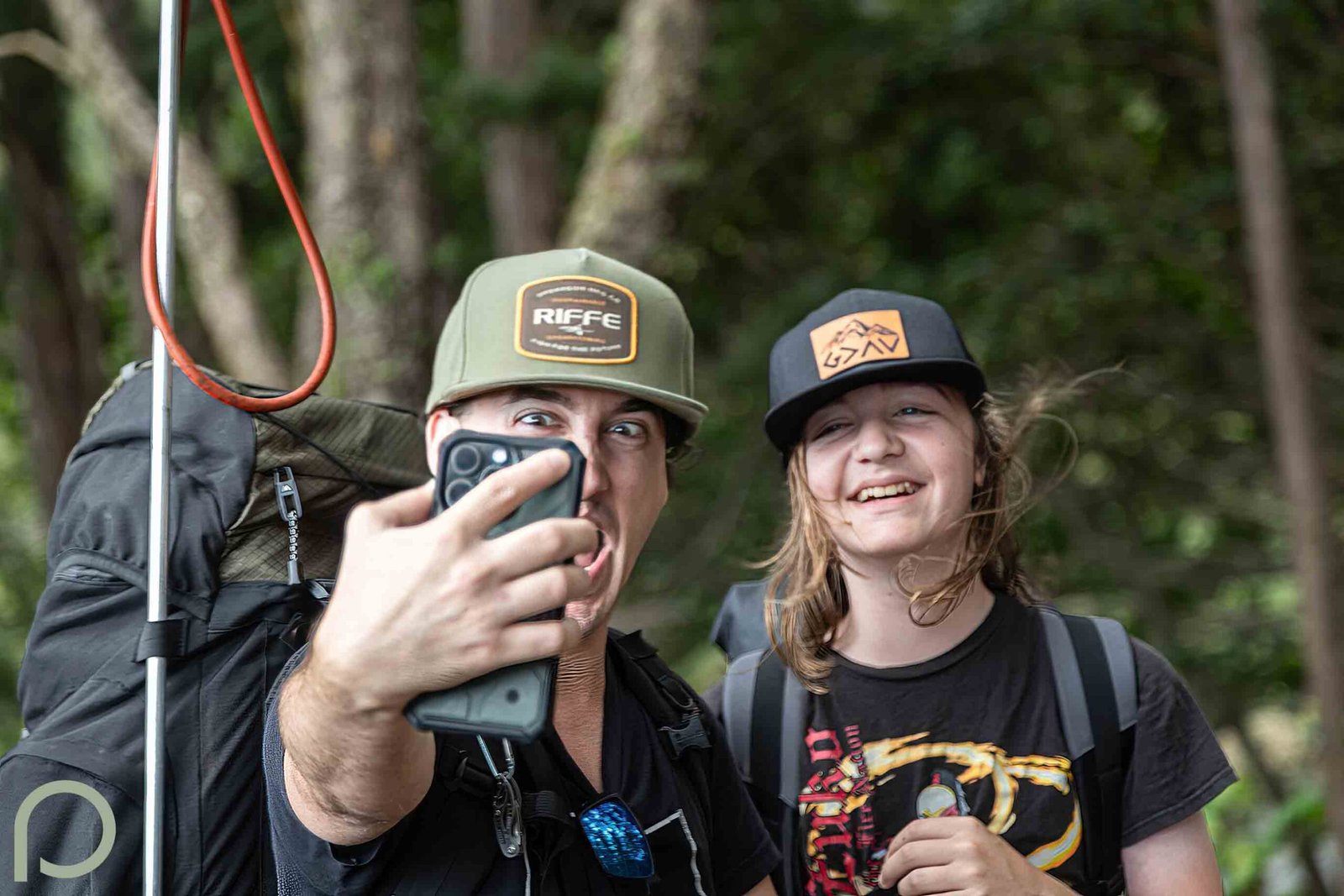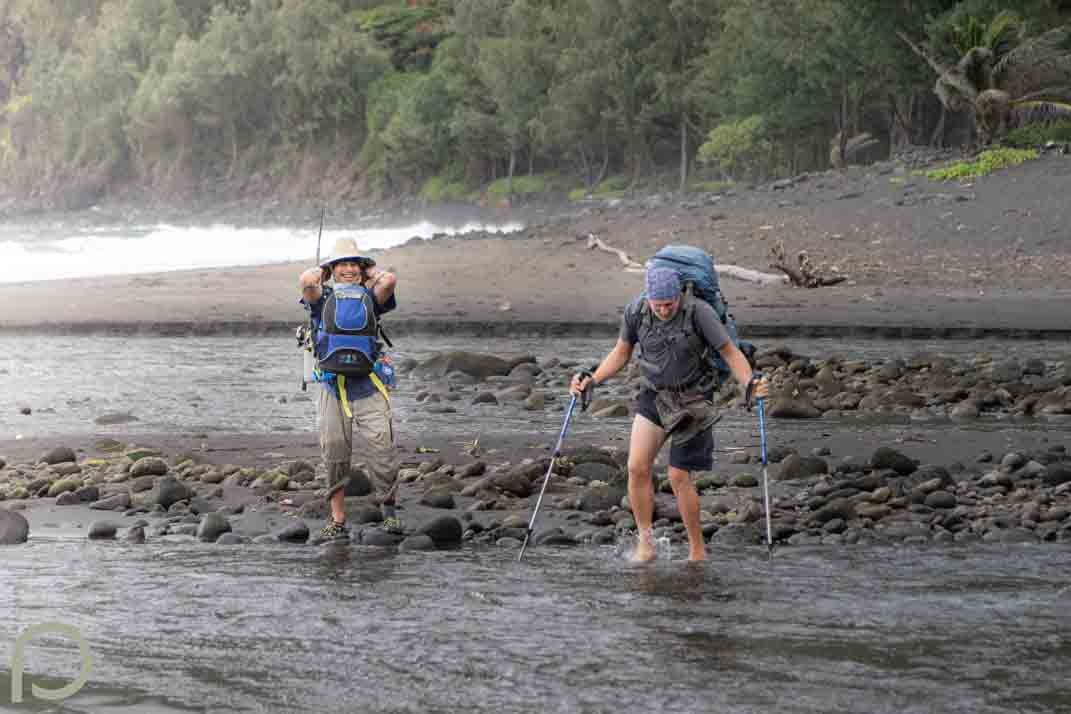A Grueling Hike to Waimanu Valley
Lessons Learned and Unforgettable Moments
A hike through Waimanu Valley is no ordinary walk in the park. It’s a journey filled with surprises, challenges, and rewards that make every step worthwhile. My recent adventure to this remote and stunning part of Hawaii was nothing short of memorable—though not without its fair share of difficulties. From slippery trails to misty nights in a leaky tent, it was a hike that tested our resolve but also rewarded us with some unforgettable moments.
Setting Off: Crossing Waipio Valley River with Enthusiasm
The hike began with a crossing of the Waipio Valley River, a moment that set the tone for the day. It was one of those starts that fills you with excitement and a bit of playful energy—everything seemed doable. The river was easy enough to cross, and we began our journey in high spirits. But as we started up the first mountainside at the beginning of the Muliwai Trail, reality set in. The trail is steep, and with every step, I could feel the weight of the trek ahead.
The First Ascent: Feeling the Weight of the Journey
As we ascended the mountain, the rain began to play its part, coming in sporadic bursts. The constant need to protect my camera gear from the rain meant I had to stow it away more often than I would have liked. This slowed our progress, and while the rest of our party forged ahead, my dad and I found ourselves taking it slow. It wasn’t just the rain that made the trail tricky; there were slippery mud patches and fallen branches that forced us to detour off the path.
A Slippery Descent and an Unexpected Injury
The descent was no easier. At one particularly steep and muddy section, I lost my footing and hurt my knee—a reminder of how unpredictable these trails can be. With every step thereafter, my dad and I had to fight off the stiffness and pain that came with trekking on sore muscles. Still, we pushed forward, driven by the thought of reaching the covered shelter before nightfall.
Reaching the Shelter: A Brief Respite
When we finally made it to the shelter, we were faced with a tough decision: should we push on for the last two hours of daylight, or stay put for the night? After some debate, we decided to continue. The final descent into Waimanu Valley was done in the fading light, with the valley’s beauty only hinting at itself in the dim twilight.
Camping in Waimanu Valley: A Night of Challenges
Upon reaching Waimanu Valley, we quickly realized that the water levels were too high to cross to our designated campsite. With little choice, we set up camp under some trees in a spot that offered a bit of shelter from the wind. It wasn’t an ideal situation—our tent became damp with a fine mist that seeped through, fogging up my camera gear and making sleep elusive. We tried our best to manage the water seeping into the tent, improvising with a tarp and a makeshift moat, but it was a long, uncomfortable night.
Morning in Waimanu: Finally, Picture Time!
When morning finally came, it brought with it a burst of energy that we desperately needed. The sun began to warm the valley, lifting our spirits and giving me a chance to do what I had been waiting for: take photos. The valley was as beautiful as I had imagined, and though I could only capture a few shots, they were worth the wait.
The Return Journey: A Smoother Path Home
With a few good photos in hand and the sun now shining, we prepared to hike back up to the shelter for another night. This time, the hike felt easier—perhaps because we knew what to expect, or maybe because the toughest parts were now behind us. We set up camp at the shelter and, with a good night’s sleep, were ready for the journey back to Waipio Valley.
Reflections on the Hike: What I Learned
This hike taught me several important lessons, particularly about preparation. Firstly, bringing waterproof—not just water-resistant—gear is crucial when hiking in unpredictable weather. My camera was often stowed away due to the rain, and I would have loved to document the trek more thoroughly. Investing in rain-specific camera gear is something I’ll consider for future hikes. Secondly, preparation is everything. From packing the right gear to understanding the terrain, being prepared can make a significant difference in how you experience the hike.
I carried my Canon R6 Mark I with a 24-105mm f/4 and a 50mm f/1.8 lens, both of which performed well despite the conditions. However, there’s no doubt that having gear better suited for rain would have enhanced the experience.

